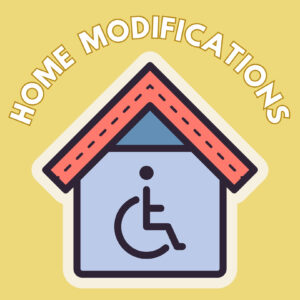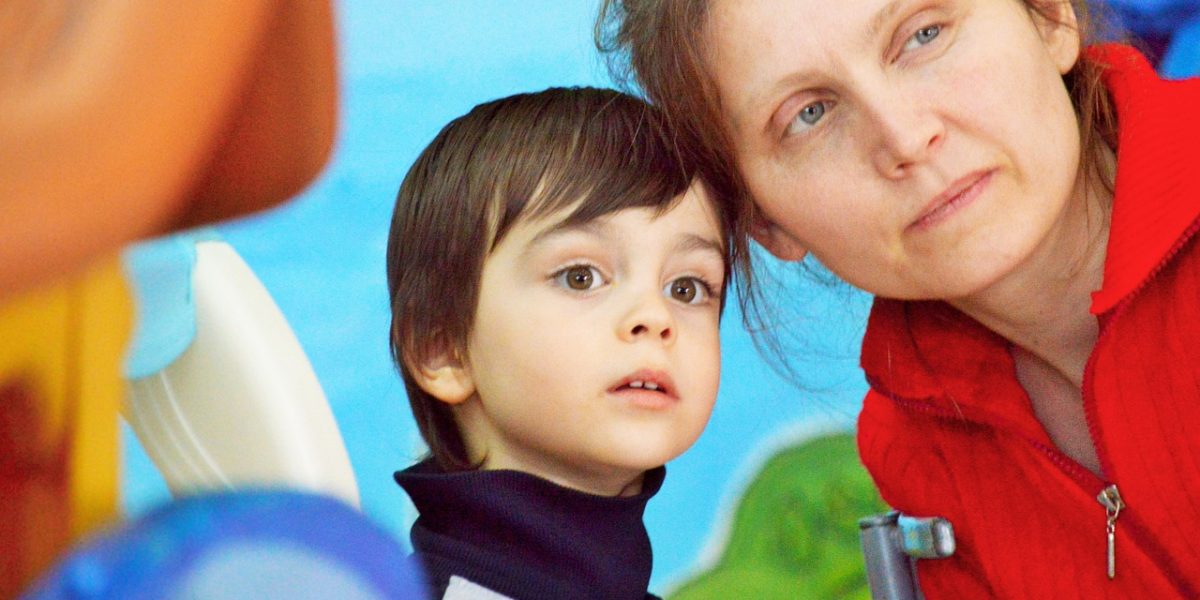 When a child has a disability, their home may need to be modified as the child grows. This is especially true if they have physical disability that requires the use of a walker, wheelchair or powerchair. Ready-made homes are not always 100% accessible, and they can require extensive modifications to make sure the child can access every part of the house.
When a child has a disability, their home may need to be modified as the child grows. This is especially true if they have physical disability that requires the use of a walker, wheelchair or powerchair. Ready-made homes are not always 100% accessible, and they can require extensive modifications to make sure the child can access every part of the house.
This can include bathrooms, cupboards, sinks, closets and light switches, among other things. Individuals who are looking into buying or constructing a barrier-free, accessible, or “designed for all” home can, on the order hand, can request specifications to be developed beforehand in accordance with universal design standards (the highest of accessibility standards), a benefit that retrofitting does not provide.
Disclaimer: The HIE Help Center is sponsored by a birth injury law firm that assists children with HIE. This page is for informational purposes only. We are unable to provide modifications to your home. Thank you for your understanding.
How do I determine the types of home modifications that my child may need?
To determine what kinds of specific modifications your home needs, parents can contact a physical or occupational therapist to:
- Evaluate their home
- Provide advice regarding how and where to get modification services and
- Training on how to use modified equipment
They can also consult an Adaptive Equipment/Assistive Technology Procurement Specialist (also known as an AT specialist), universal design specialist, or U.S Department of Housing and Development agent. Certain housing units overseen by HUD (the Department of Housing and Urban Development) are built specifically with certain accessibility requirements in mind to help make environments more livable. It’s important to note that, if a child is still school-age, consulting with an assistive technology specialist about home modification may be covered under the child’s Individualized Education Plan (IEP).
What might home modifications look like?

Modifications often change the physical structure of a home. This might include:
- Widening doorways
- Lowering countertop height
- Replacing steps with ramps
- Chair lifts instead of stairs
- Accessible bathrooms with free-standing showers
Other changes are less extensive and can include grip-friendly doorknobs, switches, non-slip flooring, door push bars, transfer benches, modified shelvings, modified faucets, modified wall sockets, and bathroom grab bars.
How can I pay for all these home modifications?
Home modification can be expensive, but there are certain grants and other resources that may be available to help defray the cost of making a home accessible. Some options might include:
- Title I Property Improvement Loans are loans set aside specifically for rehabilitating old properties and improving livability
- Section 203(k) Rehabilitation Mortgage Insurance Progam help to finance or refinance home purchases
- The Housing Choice Voucher Program (formerly known as Section 8 Vouchers) provide subsidies for low-income individuals seeking housing
- Certain federal assistance programs may be able to help defray the cost of accessible housing
- Home Accessibility Tax Credit (HATC) is to help defray the cost of accessibility renovations by providing a reimbursement of a portion of your tax burden
Is my child protected under federal law?
Individuals with disabilities have certain legal rights and protections regarding when and how they can make home modifications. These rights are codified in the Fair Housing Act and other fair housing laws under the Americans with Disabilities Act (ADA).
For more information on general housing assistance, please see our page on Paying for Basic Needs: Housing and Funding Options for Accessible Housing.
Can a lawsuit help pay for home modifications?
Yes, compensation that is secured from a birth injury lawsuit may be used to help pay for accessibility-related home modifications. If you believe that your child’s disability was caused by medical negligence at or around the time of birth, contact us to learn more about the potential of pursuing a case.
The HIE Help Center is run by ABC Law Centers, a medical malpractice firm exclusively handling cases involving cerebral palsy, HIE, and other birth injuries. Our lawyers have been advocating for disabled children since the firm’s inception in 1997.
Learn More: Funding
- State-by-State Government Grants, Loans, Funding Resources
- Housing Adaptation Grants for People with a Disability

